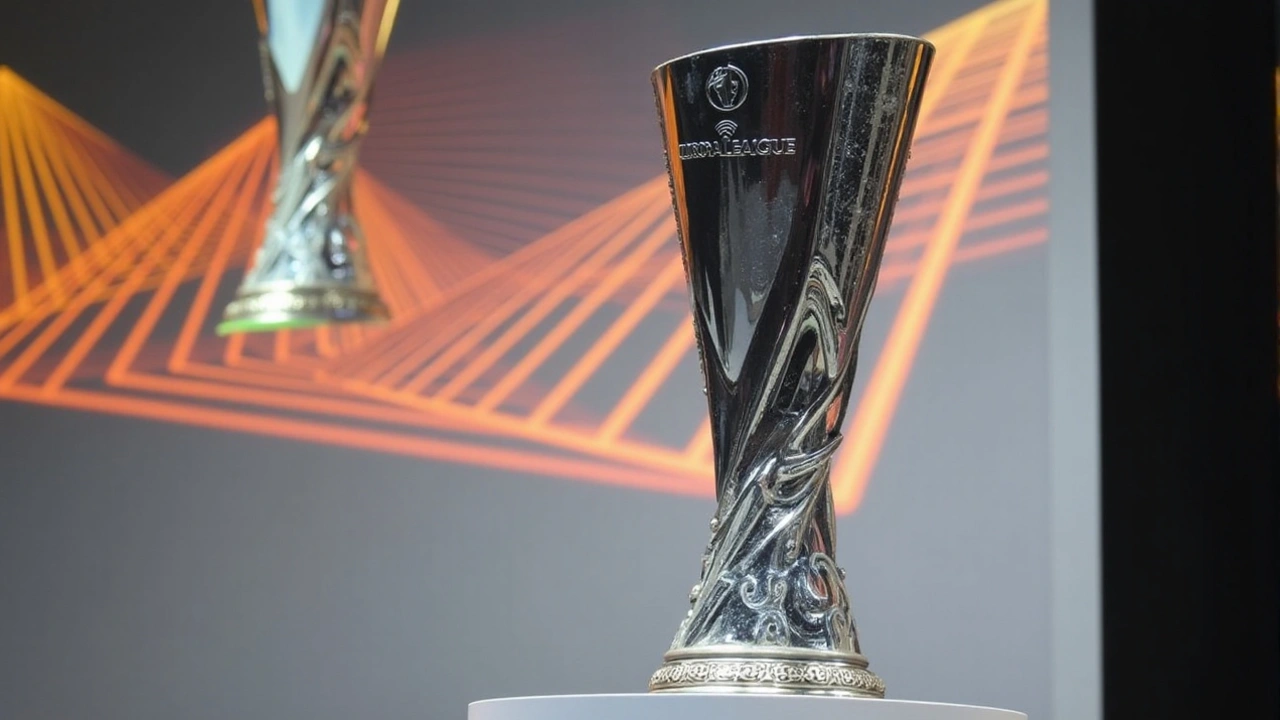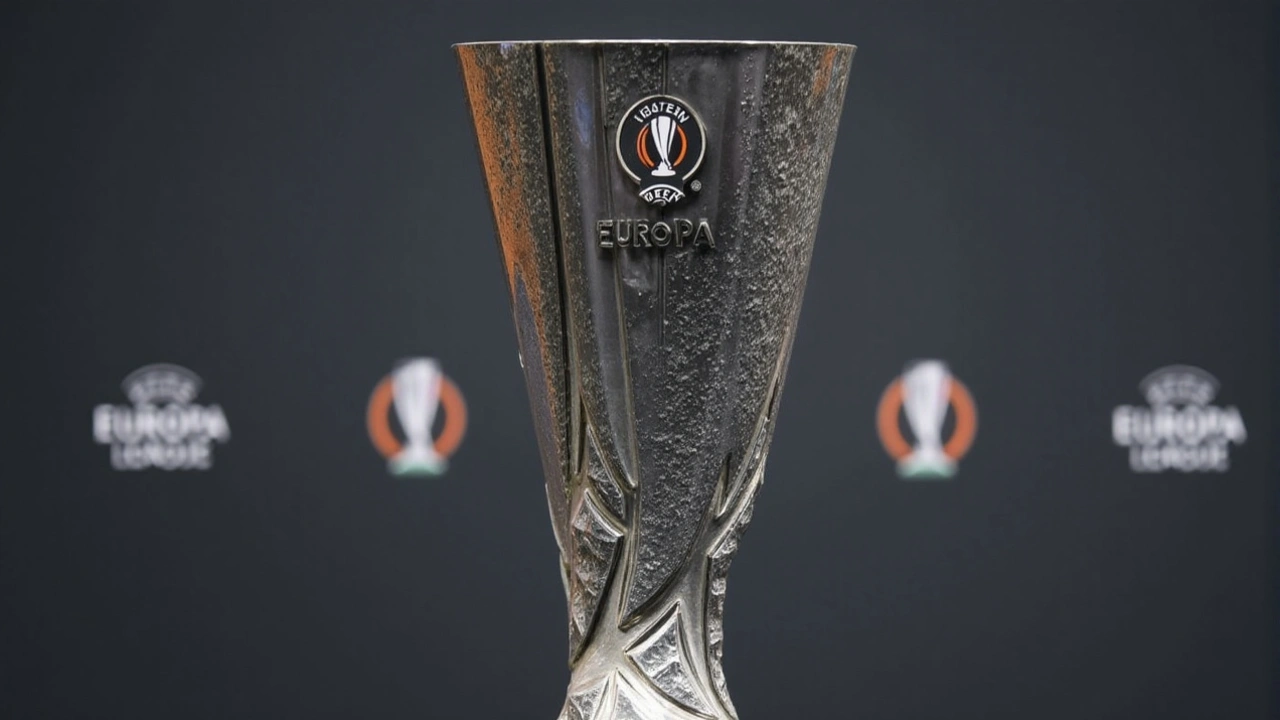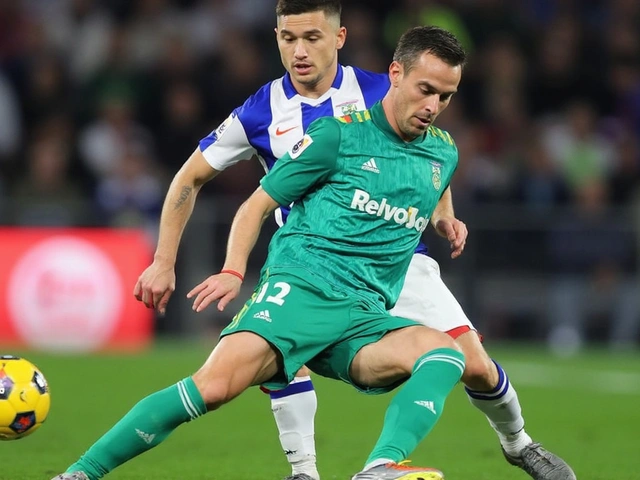Introduction of the New Europa League Format
The anticipation around the 2024/25 Europa League draw is reaching a fever pitch, as it not only highlights the participating teams but also unveils a completely restructured format. Scheduled for Friday at midday UK time, this year's draw has garnered heightened interest because it marks a departure from the traditional structure of the competition. The Europa League is set to mirror recent adjustments made to the Champions League, aiming to modernize and streamline the experience for both players and fans alike.
Teams Awaiting the Draw
Among the eagerly awaiting teams are Manchester United, who secured their place by winning the FA Cup, and Tottenham who finished fifth in the Premier League. Scotland's football scene is also well represented by Rangers, adding more excitement to the event. These teams, along with others, are keen to see how they will fare in the newly formatted league that aims to inject fresh energy into the competition.
Understanding the New League Phase
The revamped competition now boasts a 36-team league consisting of a single table, shaking up the former group-based structure. Each of these 36 teams will face eight different opponents over the course of the league phase, a significant evolution from the previous format. The draw will see teams divided into four pots based on UEFA coefficients. For each team drawn from Pot 1, the software will automatically select opponents from the other pots, ensuring a mix of competition across the league.
AI Integration in the Draw Process
In a move towards enhancing transparency and fairness, the draw process will now utilize artificial intelligence. This technology ensures a genuinely random selection of matches while being meticulously monitored. As a result, each team's home and away fixtures will also be automatically determined, eliminating common biases that can influence traditional draw processes.
Knockout Phase Structure
The knockout phase has also seen a fresh structure implemented, most notably the addition of a play-off round before the round of 16. The top eight teams from the league phase will clinch direct qualification to the round of 16. Teams positioned between ninth and 24th will face off in a two-legged playoff to secure their spot in the knockout phase. Teams ranking from 25th to 36th, meanwhile, will be eliminated from the competition.
Country Representation and Match Scheduling
To ensure a diverse range of matchups, teams from the same country will not face each other during the league phase. This stipulation provides fans with a variety of engagements and minimizes the repetition of domestic fixtures. Additionally, each team will face at most two opponents from any single nation, fostering greater variety in the competition.
Implications for Manchester United, Tottenham, and Rangers
This new structure has specific implications for teams like Manchester United and Tottenham. Notably, these giants of English football will not clash in the league phase but could potentially meet Rangers, providing tantalizing matchups for fans. The excitement around these teams extends beyond the pitch, reflecting the increasing global attention the Europa League garners.
Conference League Adjustments
UEFA's third-tier competition, the Conference League, is also adapting a similar format, although it will feature teams seeded in six pots and facing six opponents each. This alignment in format simplifies understanding for fans and provides consistency across UEFA competitions.

Conclusion
The new format of the Europa League for the 2024/25 season promises to bring a wave of fresh excitement and dynamism. By modernizing the structure, integrating AI in the draw process, and ensuring a fair yet competitive knockout phase, the competition is set to strike a chord with a wider audience. Teams and fans alike await the draw with bated breath, ready to embark on this thrilling new chapter in European football.







Write a comment